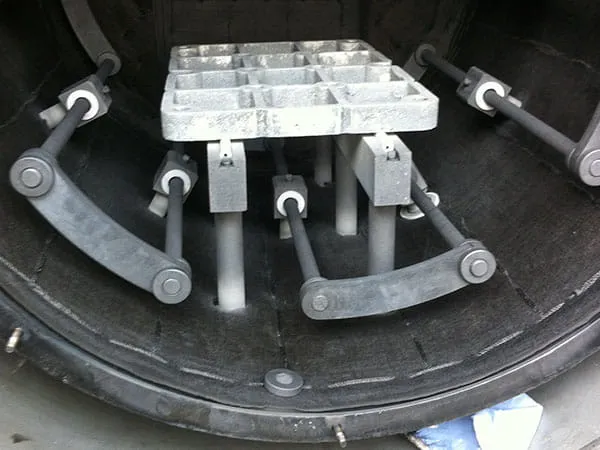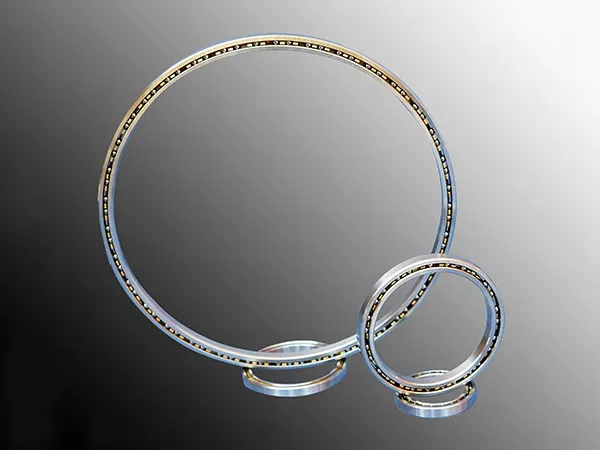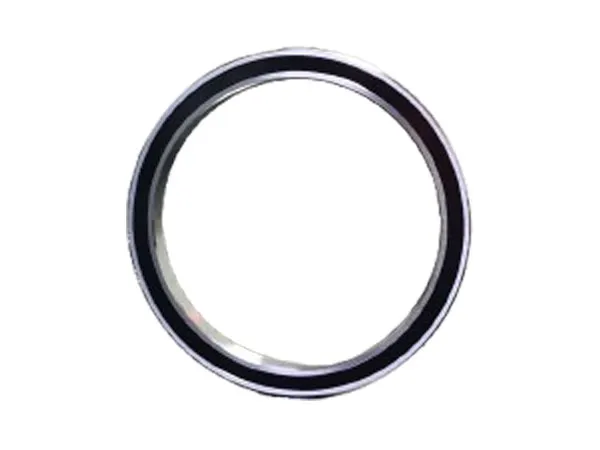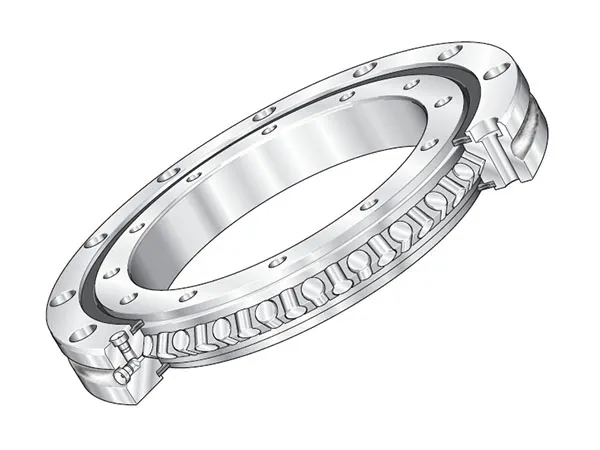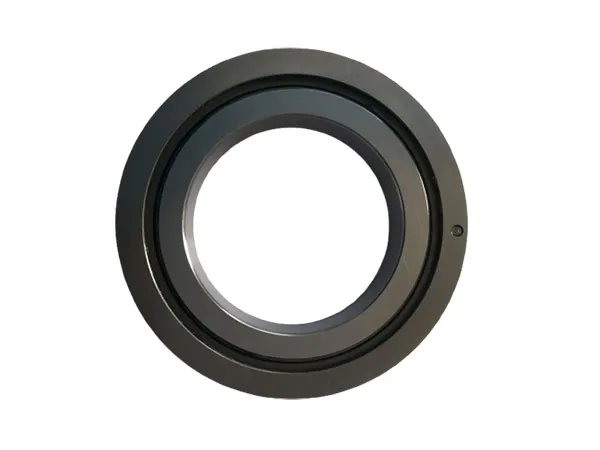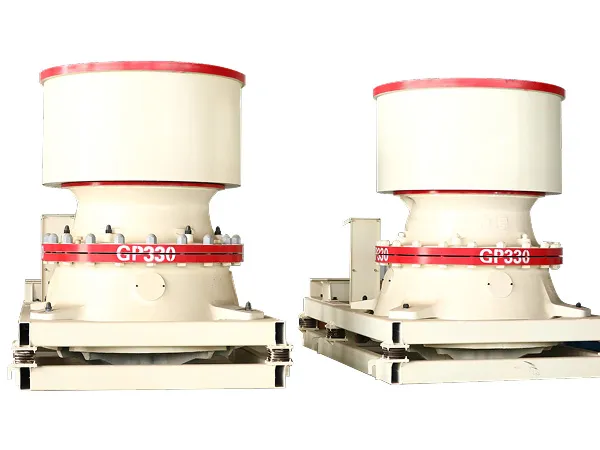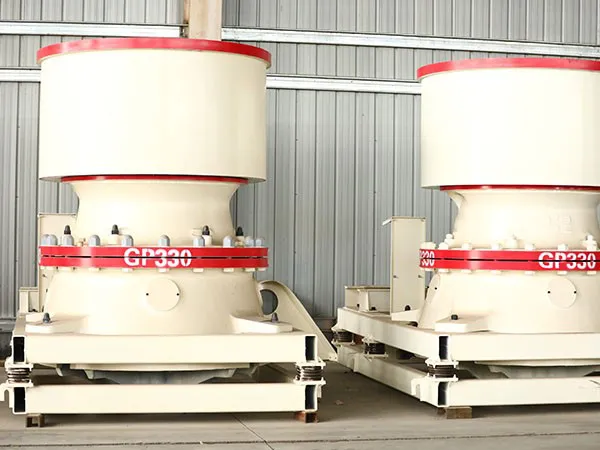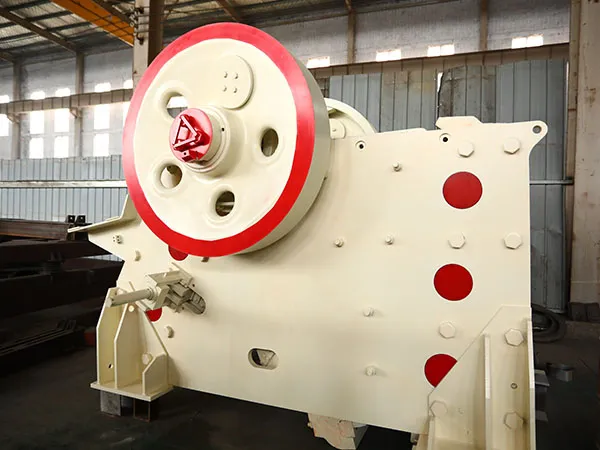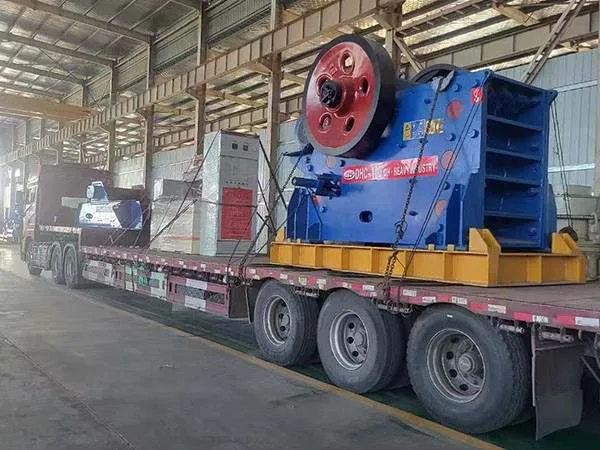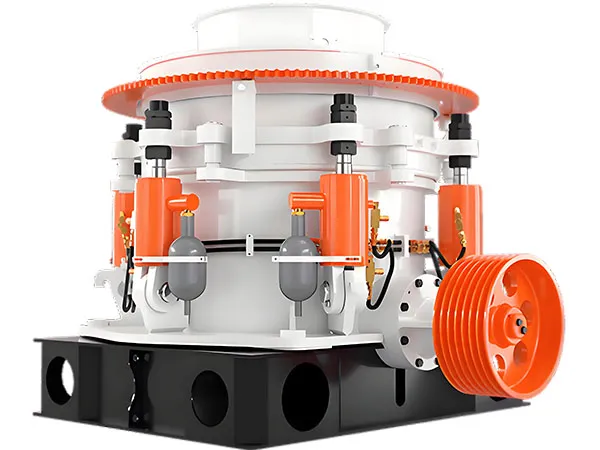Proper installation of a графитовая стойка для вакуумной печи is a precise process that requires following the manufacturer’s specific instructions. Обычно, it’s part of the broader assembly and maintenance of the furnace’s hot zone.
Graphite Rack of Vacuum Furnace Installation
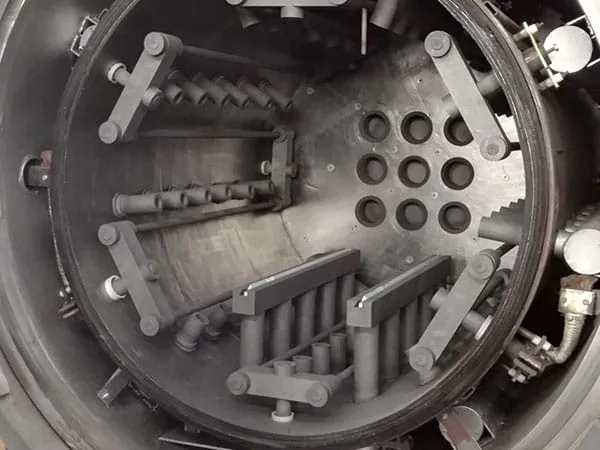
Installing the graphite rack in a vacuum furnace requires careful attention to detail to ensure proper function and avoid damage. Here’s a general guide to help you through the process:
1. Безопасность в первую очередь
Прочитайте руководство: Always consult your specific vacuum furnace’s operation manual for detailed instructions and safety precautions.
Выключение: Ensure the furnace is completely powered off and locked out to prevent accidental startup.
Cool Down: Allow the furnace to cool down to a safe temperature before opening.
СИЗ: Носить соответствующее личное защитное оборудование, including gloves (чистый, lint-free), безопасные очки, and potentially a respirator if there’s any chance of dust.
2. Подготовка
Осмотр компонентов: Carefully inspect all graphite components (rack, hearth, опоры, для обеспечения безопасности учащихся, орехи, washers) for any damage, трещины, or chips. Ensure they are clean and free of debris.
Чистота: The vacuum furnace environment must be pristine. Clean the furnace chamber thoroughly, removing any old insulation, пыль, или посторонние частицы. Use a vacuum cleaner designed for cleanroom environments if possible, and wipe surfaces with lint-free cloths.
Инструменты: Соберите все необходимые инструменты, which typically include wrenches (torque wrench may be needed), отвертки, and possibly lifting aids for heavier components.
3. Этапы установки
Here’s a general sequence, but adapt it to your specific furnace design:
Install the Hearth/Base Plate:
Carefully place the graphite hearth or base plate at the bottom of the furnace chamber. Ensure it sits flat and is properly aligned with any reference points or supports.
Some designs may have locator pins or slots to guide placement.
Assemble the Rack Structure (if not pre-assembled):
If your graphite rack comes in modular pieces, assemble them outside the furnace if feasible, or assemble them incrementally inside.
Side Supports/Posts: Install the vertical graphite posts or side supports. These often sit on the hearth or are secured to the furnace walls with graphite fasteners.
Shelves/Trays: Carefully slide or place the graphite shelves or trays onto the support posts. Ensure they are level and securely seated.
Крепеж: Use only graphite screws, орехи, and washers to secure graphite components. Metal fasteners are generally avoided due to different thermal expansion rates and potential contamination at high temperatures.
…
For more detailed information on how to correctly install the vacuum furnace graphite rack, пожалуйста, нажмите здесь: https://www.czgraphite.com/a/news/graphite-rack-of-vacuum-furnace-installation.html

